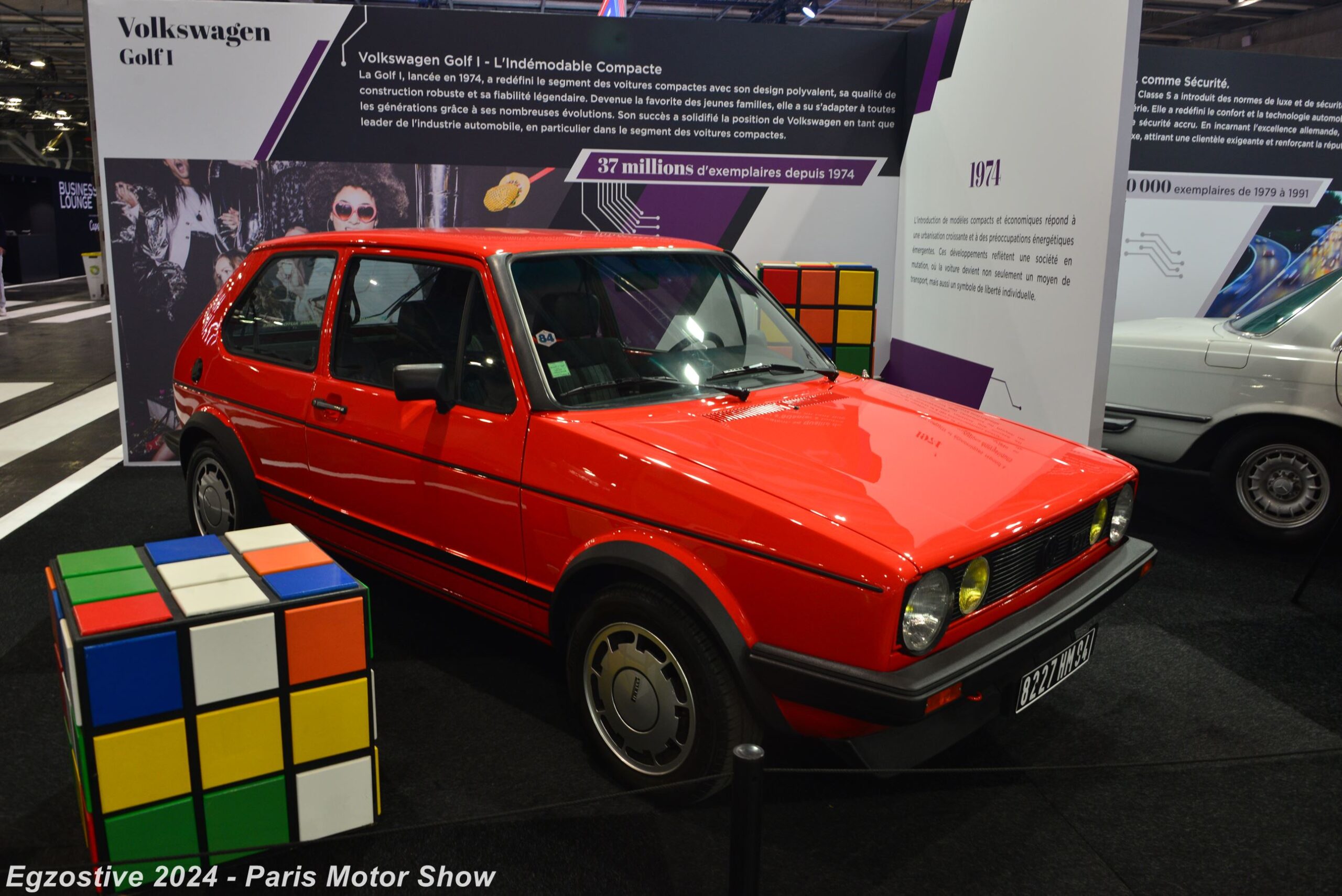One of the thematic exhibitions of this year’s Paris Car Show presented the evolution of automotive through a selection of landmark cars and automotive milestones from France and worldwide, covering a century of technological development and adventure.

The ground floor hosted an exhibition on science and future electrification with actors dressed as 19th-century scientists. This segment provides the conclusion to the timeline of historical models.

The historic milestones follow a timeline with a focus on game-changers to illustrate the development between the Peugeot Phaeton from 1898, which allowed gentlemen drivers to drive at the impressive speed of 18 km/h, and the Tesla S, which laid the foundations for a new vision of the automotive electrification in 2014.
The first batch included a Peugeot Type 3, the iconic Ford Model T that democratised mobility, the Citroën Traction Avant that revolutionised the drivetrains with its front wheel drive and the Jeep Willys military car.
The following selection starts with the Citroën 2CV that mobilised post-war France and the iconic Citroën DS, which must have felt like a spaceship in the ’50. The Morris Mini and the Renault 5 are two European compacts that literally opened dimensions to the segment of city cars. Finally, the BMW 2002 Turbo was Europe’s first turbocharged production car.
The modern days start with the Volkswagen Golf I, one of the most successful family compact (or lower medium in EU sizes), paired with a white Mercedes Class S. The W116 line was the first luxury Benz that was officially marketed as S-Class, though the bloodline is much-much older. The German duo is paired with a French trio: the highly successful Peugeot 205, the Renault Espace, which streamlined the large family van in Europe (though we still prefer the crazy Espace F1) and the cute Renault Twingo.
The last group outlines the gradual electrification of the automotive sector, starting with a Toyota Prius, followed by an electric Dacia Logan and the revolutionary Tesla Model S. The lineup is concluded by a Renault and a Citroen Ami.
The exhibition was undoubtedly fascinating, offering an insight into what cars are considered groundbreaking by historical standards. It proved to be a worthy addition to other exhibitions on automotive history, like the one organised by the Brussels Car Show last year or the double exhibition of Autostadt.




